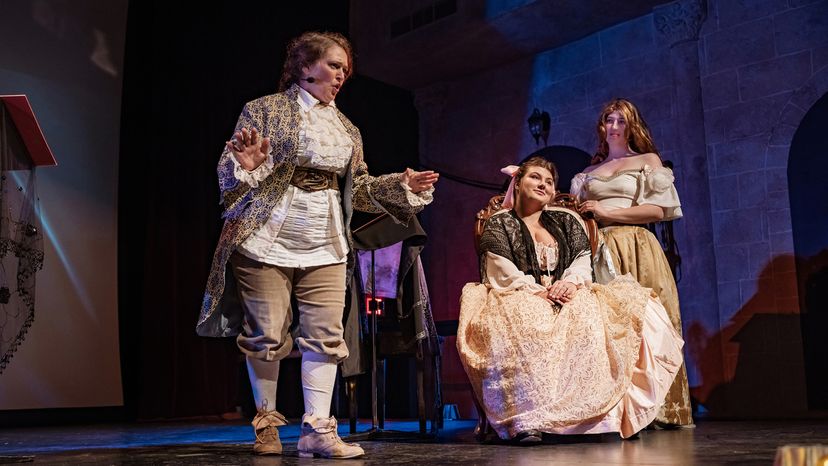Irony comes in various forms, each with its unique mode of delivery and context.
1. Situational Irony
Situational irony arises when there is a discrepancy between what is expected to happen and what actually occurs. The irony is embedded in the situation itself.
An example of situational irony would be a fire station burning down, which is unexpected because it's the place you'd assume that would happen.
2. Dramatic Irony
Dramatic irony occurs when the audience knows something the characters do not, creating a contrast between the character's understanding of their situation and what the audience knows to be true.
For example, in a horror movie, when the audience knows the killer is hiding in the closet but the character does not, that's dramatic irony.
3. Cosmic Irony
Cosmic irony, also known as "irony of fate," involves a higher power or fate manipulating events in a way that contrasts with human efforts and desires.
For instance, in Thomas Hardy's "Tess of the d'Urbervilles," the protagonist faces continual misfortune despite her best efforts, suggesting that a cruel fate governs her life.
4. Romantic Irony
Romantic irony, emerging during the Romantic period, often involves a self-aware or self-reflective use of irony. This form of irony is characterized by a playful and paradoxical approach, frequently highlighting the complexities and contradictions of human experience and art itself.
For example, in Lord Byron's works, he often mocks his own poetic conventions and the grandiose themes he explores.
5. Classical Irony
Classical irony — common in Greek and Roman literature and drama — typically involves a more structured and restrained use of irony. This form tends to be straightforward and logical in its contrast between expectation and reality.
For instance, in Sophocles' "Oedipus Rex," the protagonist’s efforts to avoid a prophecy only lead him to fulfill it, highlighting the inescapable nature of fate.
